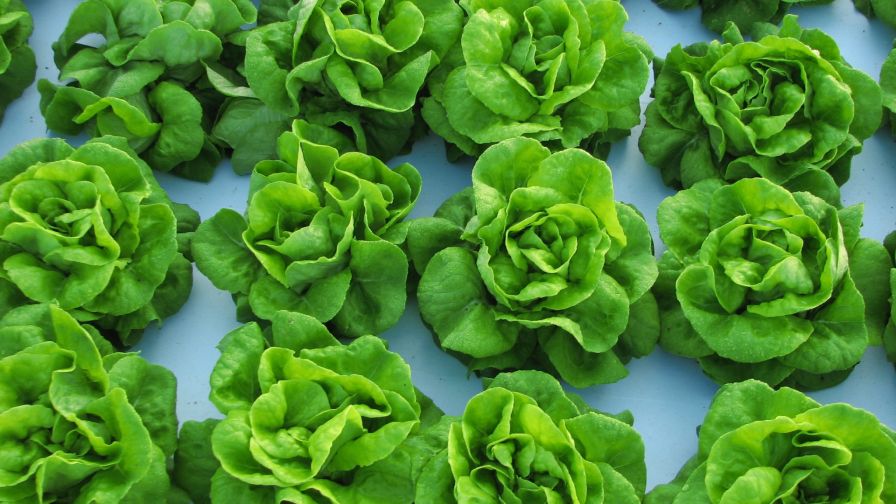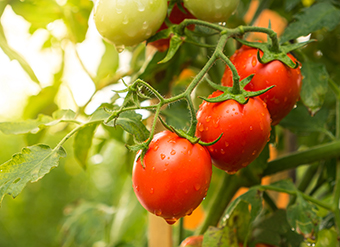A Refresher on the Basics of Greenhouse Lettuce Production

Photo: University of Alabama
Greenhouse lettuce is one of the easier crops to grow because it has short crop cycles, low labor demands, and can be grown year-round. These advantages allow for the production of a high-quality crop on a consistent schedule.
The significantly higher production cost of a greenhouse and its operation, however, make efficiency paramount to success in a greenhouse enterprise. Greenhouse leafy green production differs from other crops in that the product sells by the head, not by weight. Standard lettuce harvest weights are 5 to 6 ounces per head, with an average 30-day crop cycle from transplant to harvest.
With other vegetable crops, maximizing yield is a function of yield per area. In lettuce production, yield efficiency revolves around crop cycles per area. Tomato growers, for example, want to maximize yield per area in pounds per square foot. Leafy green growers focus on moving as many units as possible through the greenhouse each year in the number of heads per square foot. This way, fixed costs, such as electricity, marketing, management, and depreciation, are spread over more units.
Lettuce can be grown in greenhouses year-round; however, success highly depends on the greenhouse environment. Many growers in the northern U.S. struggle with energy costs associated with heating and supplemental lighting. While these are causes of concern, the primary concern is summer temperatures. In extreme heat, lettuce is prone to bolt, which occurs when the plant begins to go into a flowering stage. Lettuce that bolts becomes bitter and unmarketable.
With a properly designed greenhouse, leafy greens can be successfully grown in the summer months. Modern greenhouses have high ceilings to help buffer temperature changes, thereby increasing the volume-to-floor ratio. The gutter or eave of the structure should be 8 feet or higher; high-tech greenhouses have gutter heights of 16 feet or higher. Taller structures are more efficient at buffering temperature changes because there is more air to collect heat per area exposed to solar radiation.
Appropriately designed evaporative cooling systems can be used to lower greenhouse temperatures below outside temperatures. Many southern states require the use of a 50% shade cloth from April to October.
For a closer look at different growing systems, fertilizer recommendations, and more, check out these tips from the University of Alabama.









